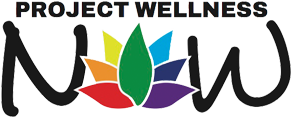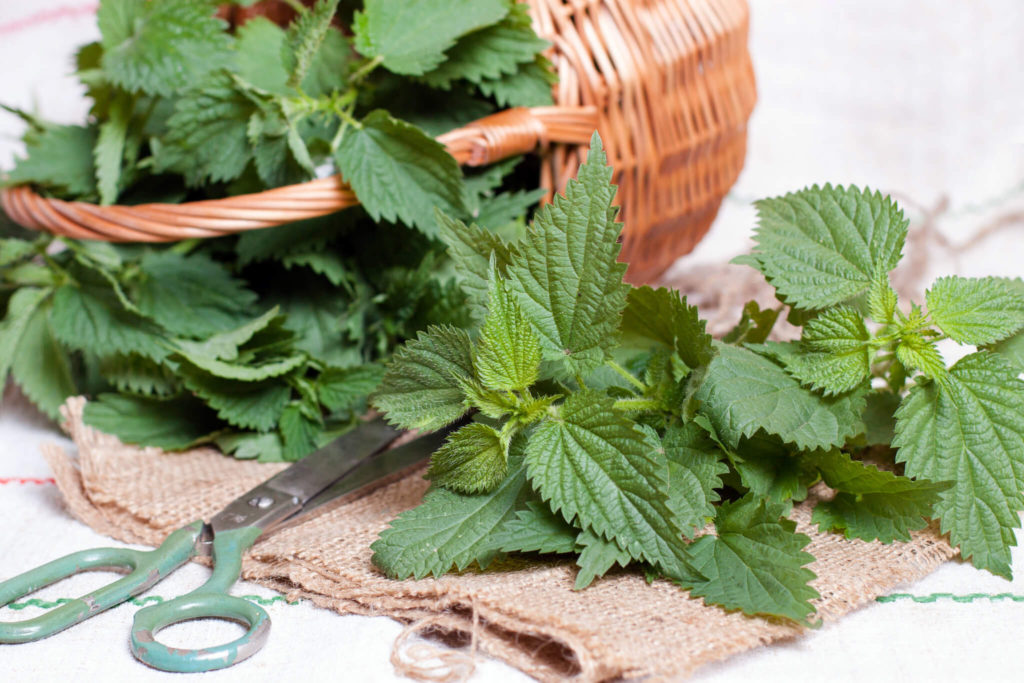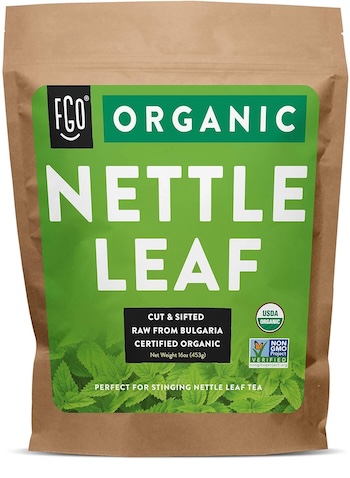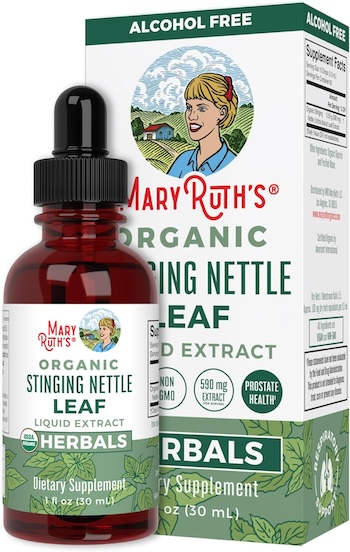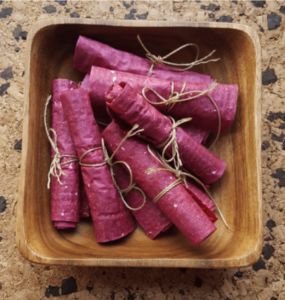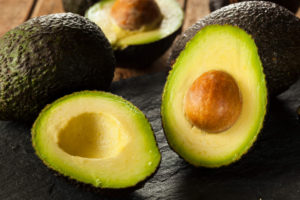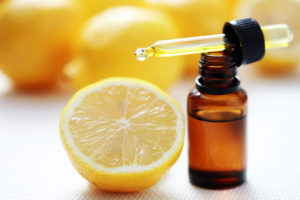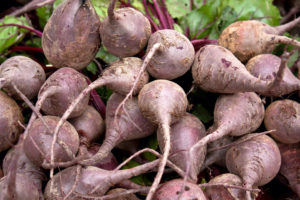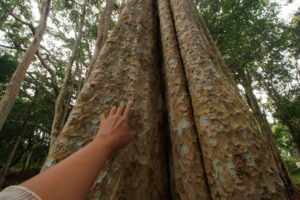If you’re like most people, you probably think of stinging nettle as a pesky weed that’s hard to get rid of. But did you know that these little plants can actually offer some surprising health benefits? Stinging nettle is loaded with nutrients and minerals, and they have been used for centuries to treat a variety of health issues.
The Latin name for stinging nettle is Urtica dioica. The plant has been cultivated for centuries and has a long history of use in herbal medicine. Its leaves and stems are covered with tiny hairs that release a chemical when they come into contact with skin. This chemical causes a temporary burning sensation and inflammation which has beneficial effects on the body, too.
Stinging nettle is found throughout the world, but it is most common in temperate climates. It grows best in moist, shady areas and can be found in woods, meadows, and along streams.
All parts of stinging nettle ie the leaves, stems, and roots can be used therapeutically. The leaves are the most commonly used part of the plant and can be harvested throughout the growing season. The stems and roots are best harvested in the fall after the plant has gone to seed.
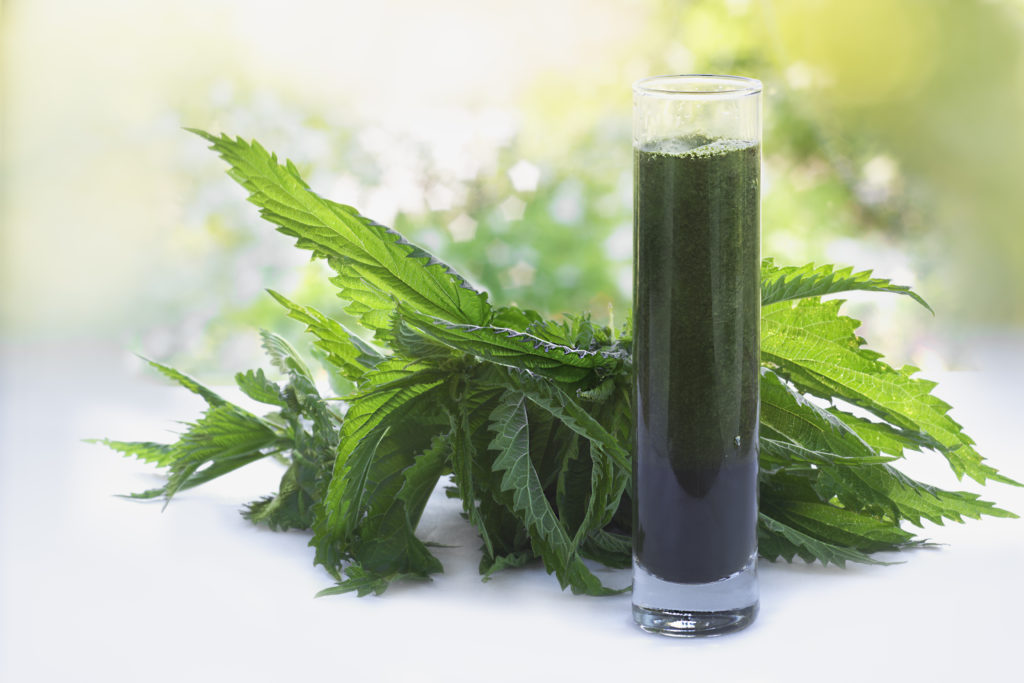
NUTRITIONAL VALUE OF STINGING NETTLE
Stinging nettle is a good source of:
VITAMIN A
Vitamin A is essential for vision, immunity, and cell growth. It can be found in many foods, but stinging nettle is one of the best sources.
VITAMIN C
Vitamin C is a powerful antioxidant that helps protect cells from damage. It also boosts immunity and helps the body absorb iron.
IRON
Iron is necessary for red blood cells to carry oxygen throughout the body. It’s also important for energy metabolism and cognitive function.

POTASSIUM
Potassium is an electrolyte that helps regulate fluid balance in the body. It’s also involved in muscle contraction and nerve function.
MANGANESE
Manganese is a mineral that plays a role in bone formation, wound healing, and blood sugar regulation. It’s also an antioxidant that helps protect cells from damage.
| PRINCIPLE | NUTRIENT VALUE | % OF RDA |
|---|---|---|
| VITAMINS | ||
| Folates | 14 µg | 3.5% |
| Niacin | 0.388 mg | 2.4% |
| Pyridoxine | 0.103 mg | 8% |
| Riboflavin | 0.16 mg | 12% |
| Thiamin | 0.008 mg | <1% |
| Vitamin A | 2010 IU | 67% |
| Vitamin K | 499 µg | 416% |
| MINERALS | ||
| Calcium | 481 mg | 48% |
| Copper | 0.076 mg | 8.4% |
| Iron | 1.64 mg | 23% |
| Magnesium | 57 mg | 14% |
| Manganese | 0.779 mg | 34% |
| Phosphorus | 71 mg | 10% |
| Zinc | 0.34 mg | 3% |
| PHYTO-NUTRIENTS | ||
| Carotene-ß | 1150 µg | |
| Carotene-α | 114 µg | |
| Lutein-Zeaxanthin | 4180 µg |
PROTEIN
Urtica dioica is a good source of protein, which is essential for building and repairing tissues, making enzymes and hormones, and supporting immunity.
CHLOROPHYLL
Chlorophyll is a green pigment found in plants. It’s important for photosynthesis, but it also has health benefits. Chlorophyll can help detoxify the body and boost immunity.
FLAVONOIDS
Flavonoids are a type of phytonutrient that acts as an antioxidant. They can help protect cells from damage and help reduce inflammation.
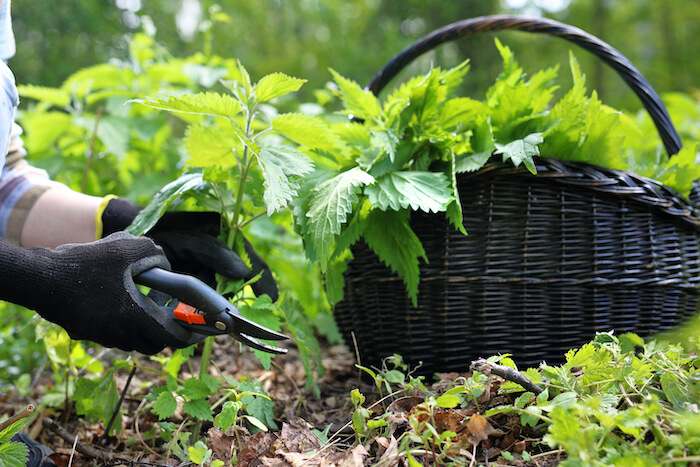
HEALTH BENEFITS OF STINGING NETTLE
This common herb has been traditionally used for a wide range of health challenges. Some of the most well-known benefits include:
HAY FEVER AND OTHER ALLERGIES
Stinging nettle can help reduce hay fever and other allergies by blocking the release of histamines which cause symptoms like sneezing, itching, and runny nose.
ARTHRITIS
Formic acid in stinging nettle has anti-inflammatory properties which can help relieve pain and stiffness associated with arthritis.
ECZEMA
It can help reduce the inflammation and itchiness associated with eczema. It is thought to work by soothing the skin and reducing the histamine response.
MIGRAINES
Effectively relieves migraines by reducing inflammation and inhibiting the release of inflammatory compounds like histamines.
RESPIRATORY CONDITIONS
It can help relieve respiratory conditions like bronchitis by reducing inflammation and thinning mucus.
DIABETES
The leaves of the plant contain called beta-glucoside that slows down the absorption of sugar into the bloodstream which may help regulate blood sugar levels in people with diabetes.
STOMACH ACHES
Astringents in stinging nettle soothe the digestive tract and help relieve stomach aches and diarrhea.
BLOOD
Urtica dioica is considered an effective blood cleanser. It can help to purify the blood and remove toxins.

SKIN
Stinging nettle is often used topically for skin conditions like acne, psoriasis, and eczema. It is thought to work by reducing inflammation and itching.
HAIR
It is a natural hair tonic. It is thought to help improve scalp circulation and promote hair growth. The best approach to utilize nettles for your hair is to brew tea and use it as a final rinse after washing.
HOW TO USE
It can be used externally as a compress or poultice for inflammatory skin conditions. Internally, may be taken as a tea, tincture, or in capsules, all of which are widely available as low-cost supplements.
How to make nettles compress:
- Soak a clean cloth in nettle infusion
- Wring it out
- Apply it to the affected area for 15-20 minutes
- Repeat up to three times per day as needed.
How to make nettles poultice:
- Take a small handful of fresh nettle and crush it with a wooden spoon to release the juices.
- Apply the crushed nettle directly to the skin for 15-20 minutes.
- Repeat up to three times per day as needed.
Follow the manufacturer’s instructions if you want to use it internally.
POSSIBLE SIDE EFFECTS
Nettles are generally considered to be safe, although there is a small risk of adverse effects. You should always consult with your physician before incorporating them into your health regimen.
All the information provided in this article is anecdotal and is not meant to be construed as medical advice of any kind. SEE FULL MEDICAL DISCLAIMER HERE==>
IN CONCLUSION
Stinging nettles are a versatile and potent herb with a wide range of potential health benefits. While more research is needed to confirm these effects, the anecdotal evidence and traditional use of this herb suggest that it is worth incorporating into your health regimen.
References:
“Stinging Nettle.” University of Maryland Medical Center, umm.edu/health/medical/altmed/herb/stinging-nettle.
“Stinging Nettle.” WebMD, WebMD, 21 Mar. 2018, webmd.com/
“Stinging Nettle.” National Center for Complementary and Integrative Health, U.S. Department of Health and Human Services, nccih.nih.gov/health/stingingnettle.
“Nettles.” American College of Healthcare Sciences, 25 Jan. 2016, achs.edu/blog/nettles-herb-profiles.
“Nettles: Uses, Side Effects, Interactions, Dosage, and Warning.” RxList, RxList Inc., 11 Sept. 2018 rxlist.com
YOU MAY ALSO LIKE:
HOMEMADE FRUIT LEATHER
If you’re a busy parent, have picky eaters in your house, or just want to try something new for snack time…
AMAZING AVOCADOS!
Wholesome, filling, flavorful, and versatile – avocados seem to have it all. Due to their nutrient density and creamy consistency, avocados…
4 HEALING TRADITIONS FROM AROUND THE WORLD TO BOOST YOUR HOLIDAYS
With the holidays upon us, many people are experiencing increased levels of stress and busyness. Seasonal gatherings with family and friends,…
5 ESSENTIAL OILS FOR FITNESS AND FAT LOSS
By Esse Johnson Do you know the #1 key to a successful fat-trimming program? When you want to succeed at just about…
TOP 7 HEALTH BENEFITS OF BEETS
If you only knew how beneficial beets are to your health, you would not hesitate to include them in your diet….
REWILD YOURSELF
Awareness of our situation must come before inner changes, which in turn come before changes in society. Nothing happens in the…
